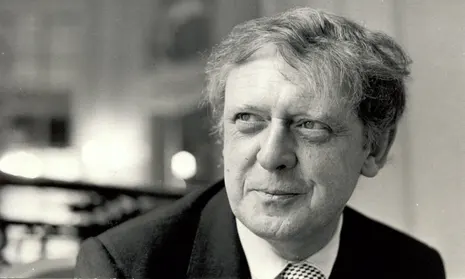
The literary work of Anthony Burgess exhibits a diversity of published books across a multitude of genres, with poetry and composed music, written screenplays and a series of articles and reviews crafted throughout his career.
Anthony Burgess has contributed greatly to the discussion on dystopian novels, both in his own acclaimed publications and his analysis of other great dystopian books.
Burgess wrote The Wanting Seed (1962) which explores the subjects of overpopulation and the states formal actions to impose and administer such population quotas. While A Clockwork Orange (1962) conflates the power of intrinsic free will with the dangers of state indoctrination.
Burgess declares “what I was trying to say was that it is better to be bad of one’s own free will than to be good through scientific brainwashing. When Alex has the power of choice, he chooses only violence”.
In 1978, Burgess published a book entitled 1985 a tribute to Orwell’s 1984 novel with an intriguing analysis in the first part. While the second half is a fictional short story written by Burgess, which establishes a dystopian future ruled by trade unions, who occupy all sectors of society and impose constant strikes.
Burgess writes in his analysis of Orwell’s 1984 that “we have the following tasks. To understand the waking origins of Orwell’s bad dream – in himself and in the phase of history that helped to make him. To see where he went wrong and where he seems likely to have been right.”
While his overall literary contribution is often overshadowed by his most famous book, A Clockwork Orange, there is evidently more to Burgess than one dystopian novel.
Earthly Powers (1980) is an epic novel, that follows Kenneth Toomey, a writer now in his eighties residing in Malta, who has a conflicting but eminent relationship with the Catholic Church. Although historical-fiction, Earthly Powers depicts an imposing journey throughout the 20th century and relates humanities contested engagement between the standards of good and evil.
In Nothing Like the Sun (1964) readers follow a young William Shakespeare, as the book explores early years of ascribed writing and inducing relationships. The novels subheading – ‘A Story of Shakespeare’s Love Life’ – best captures the initial tone of the book. While this novel is mostly fiction, Burgess combines the flair of Elizabethan English and creatively interprets the vague or uncertain phases of Shakespeare’s profile to establish an engaging narrative that addresses the ethos of both the era and the renowned playwright.
Napoleon Symphony (1974) contains both an inventive and daring narrative structure that attributes Beethoven’s third symphony throughout the novel’s portrayal of Napoleon’s life, with the book told in four parts just like the symphony.
This musical narrative tribute was also done with his later book on Mozart that is structured around the composers 40th symphony, this book is entitled Mozart and the Wolf Gang (1991).
Of course, with many intriguing and diverse literary works published throughout his career, these are only some of Anthony Burgess’ noted stylistic novels apprised in condensed summaries.
Jack Redmond
Image Credit: The Guardian
